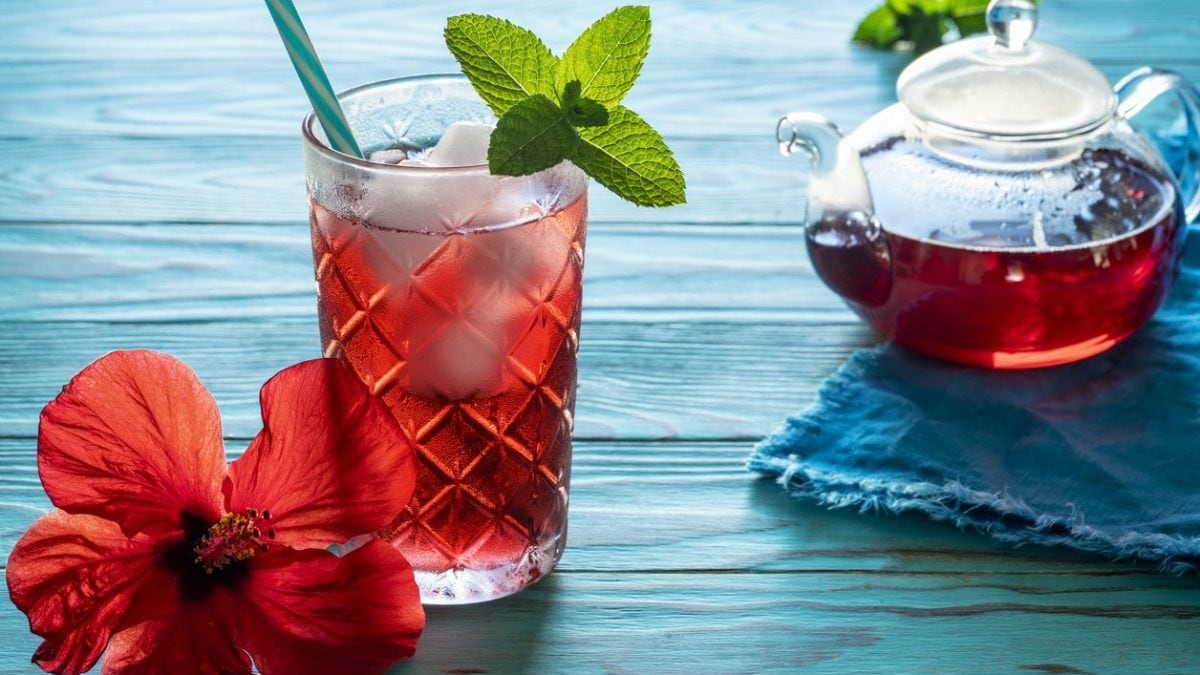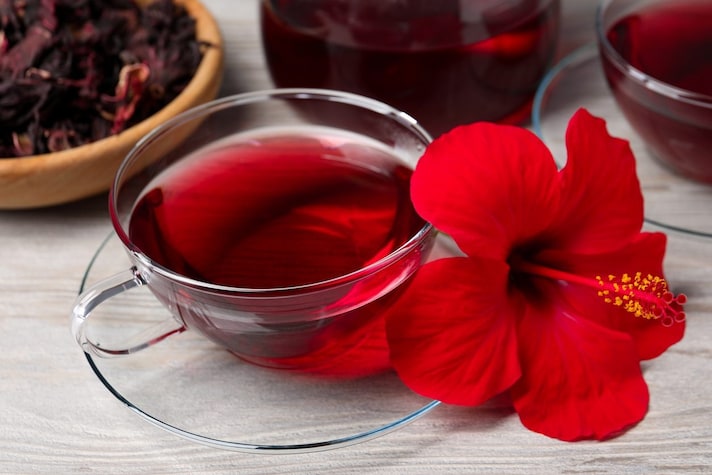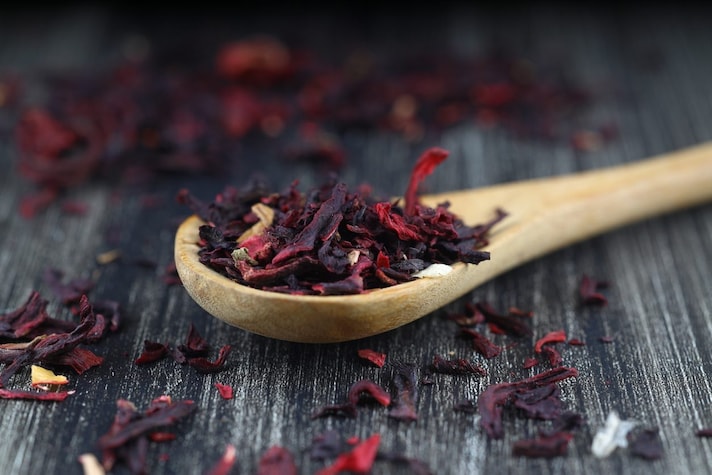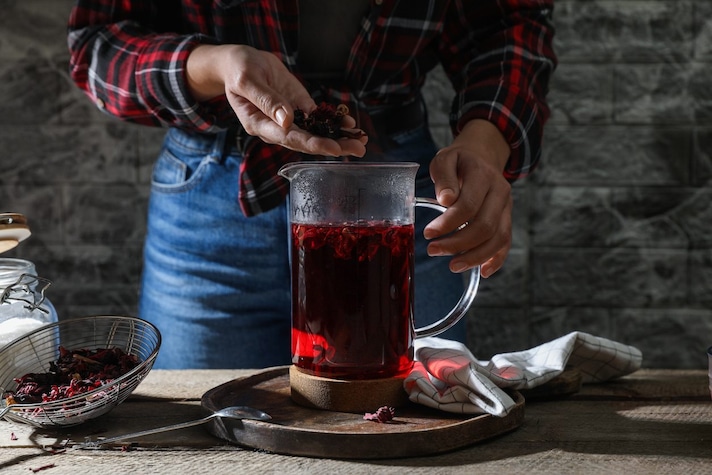
If you see it poured into a glass, it looks like wine, but it's not. We're talking about a beverage with a deep red color, with a flavor that blends the acidity of fruit and the freshness of tea: all this is karkadè. It is obtained from hibiscus flowers and is now a popular drink throughout the world, especially in the subtropical areas of Africa and Asia.
Not everyone knows, however, that hibiscus tea has roots deeply tied to cultural exchange and resilience. In the United States, it became popular through African and Caribbean traditions brought over by immigrant and diasporic communities, where it symbolized connection, heritage, and celebration.
How Karkadè Spread in The U.S.
Across the Atlantic, hibiscus followed a very different path before reaching American tables. Brought over through African and Caribbean traditions, it first took root in communities throughout the southern United States, where it was cherished both as a refreshing drink and as a symbol of cultural continuity. In the Caribbean, it was known as sorrel, while in parts of West Africa it went by bissap—names and recipes that traveled with people, adapting to new climates and new stories.

By the mid-20th century, hibiscus tea had become a quiet mainstay in immigrant households and Southern kitchens alike, prized for its bright, cranberry-like tang and deep ruby color. Health-conscious Americans later embraced it for its vitamin C content and natural acidity, and wellness culture helped push it into the mainstream. Today, hibiscus tea is as likely to appear in a cold-brew bottle at a café in Austin as it is at a family gathering in Jamaica, a vivid thread connecting centuries of migration, trade, and taste.
Effects and Benefits of Hibiscus
This infusion has an incredibly tart and fruity flavor, with an aftertaste reminiscent of blueberry or blackcurrant. It's caffeine-free, making it suitable for any time of day. Beyond the U.S., hibiscus tea is widely consumed in Africa, especially in Senegal, Egypt, Eritrea, and Sudan, where it's served both hot and cold, often with the addition of sugar or lemon. This beverage is known for its immense health benefits.

Hibiscus is rich in antioxidants such as flavonoids and anthocyanins, which help fight free radicals and protect cells. It also contains vitamin C, which supports the immune system and promotes skin health. It also has positive effects on blood pressure: a study conducted by the University of Medford showed that drinking three cups of hibiscus a day can reduce systolic blood pressure, with effects comparable to those of some antihypertensive drugs.

In short, hibiscus tea isn't just an exotic drink with a vibrant color and unmistakable flavor. It's also a silent witness to a historical period in which immigrants and locals blended their traditions and created new ones. Today, as we sip a cup, we can reflect on how a simple infusion can tell stories of politics, culture, and change.
;Resize,width=767;)
